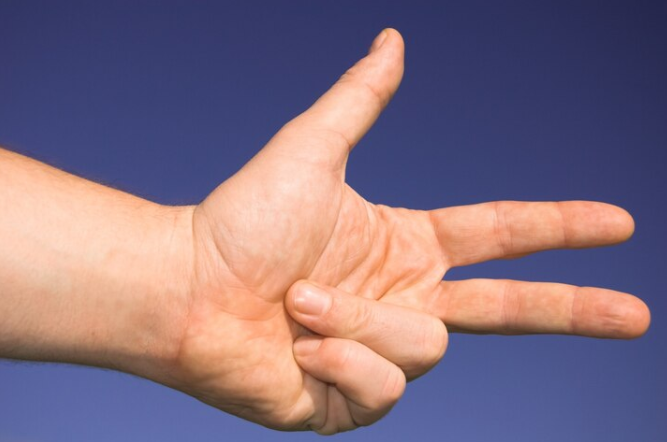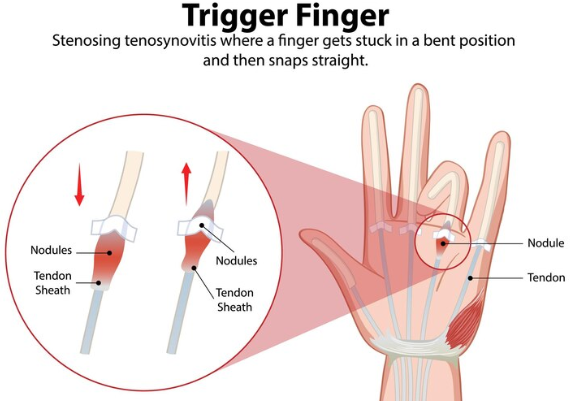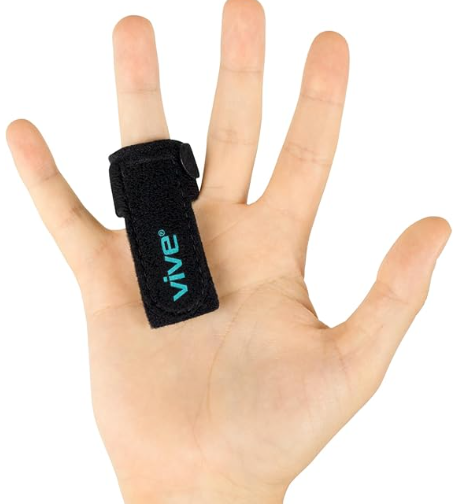
What is trigger finger?
Trigger finger is a hand condition where the finger can get stuck in a bent position. Afterwards, it may straighten suddenly with a snap. Usually, the fingers most often affected are the ring finger and the thumb, but the condition can affect any finger. Depending on the severity, the locking and popping open of the finger may be quite painful.
Why does it happen?

Trigger finger happens when the tendon that controls that finger can’t glide smoothly in the sheath that surrounds it. This may occur if part of the tendon sheath becomes swollen or if a small lump forms on the tendon. In many cases, repetitive and prolonged work with the hands such as typing, lifting, and grabbing can increase the risk of developing a trigger finger. The condition is most common in women over the age of 50. Additionally, you may be at higher risk of trigger finger if you have diabetes, low thyroid function or rheumatoid arthritis.
Symptoms of trigger finger
Symptoms of trigger finger may progress from mild to severe and include:
- Finger stiffness, particularly in the morning.
- A popping or clicking sensation as the finger moves.
- Tenderness or a bump in the palm at the base of the affected finger.
- Finger catching in a bent position and suddenly popping straight.
- Finger completely locked in a bent position and unable to straighten.
Unfortunately, trigger finger can affect any finger, including the thumb. Not only that, but more than one finger may be affected at a time, and both hands might be involved. Triggering (getting stuck) is usually worse in the morning.
Treating a trigger finger
Treatment of trigger finger can include:

-
Splinting
- Trigger finger splints are designed to keep your finger in a straight position and minimize the amount of movement. This allows the finger to rest and can make the morning stiffness or locking more manageable.
-
Rest
- Avoid or modify activities that require repetitive gripping, repeated grasping or the prolonged use of vibrating hand-held machinery until your symptoms improve.
-
Physical Therapy
- Conservative treatment is always the first step. Your physical therapist will give you exercises to help keep the area mobile and strong, perform manual therapy, and use modalities like ultrasound or laser therapy to help your trigger finger.
-
Steroid injections
- In some cases, an injection can provide an immediate relief in pain and locking. However, the improvements may be temporary so physical therapy should still be done at the same time to ensure a full recovery.
-
Surgery
- As a last resort and in severe cases, trigger finger surgery can be done to restore the full range of motion in the finger. This is done by increasing the amount of space there is for the tendon to move in by performing a cut in the area. Afterwards, it is important to undergo physical therapy to ensure a full post-surgical recovery.
Need help?
If you are experiencing a trigger finger or any other kind of injury, look for PhysioNow! With locations across the GTA from Burlington, Oakville, Mississauga and Etobicoke, our expert physiotherapists are at your service. Book with PhysioNow today for your first assessment and treatment.



Leave a Reply